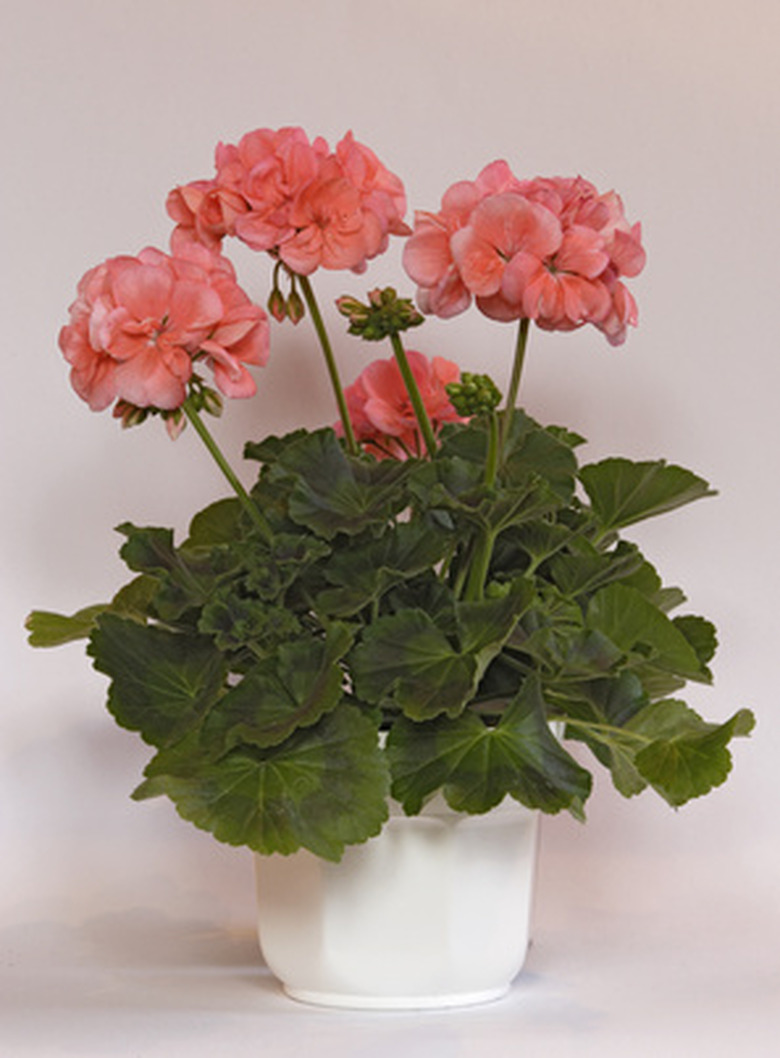How To Kill Japanese Beetles On Geraniums
The Japanese beetle (Popillia japonica Newman), brought into the United States in 1916 from Japan, has been extremely destructive to the foliage, roots and fruits of numerous North American plants, lawns, shrubs and trees. The geranium is a favorite of the Japanese beetle. However, once they consume geranium foliage and flowers, most Japanese beetles are rendered paralyzed and many die, according to Michigan State University. The geraniol oil produced by geraniums is toxic to the beetles.
Step 1
Place your geraniums in full sun, which according to Michigan State University increases the toxic effect of geraniol oil in the geranium. Once Japanese beetles feed on the geraniums they tend to drop off the plant to die within eight to 12 hours. Gather the Japanese beetle carcasses up daily and dispose of them.
- The Japanese beetle (Popillia japonica Newman), brought into the United States in 1916 from Japan, has been extremely destructive to the foliage, roots and fruits of numerous North American plants, lawns, shrubs and trees.
- However, once they consume geranium foliage and flowers, most Japanese beetles are rendered paralyzed and many die, according to Michigan State University.
Step 2
Pour 4 cups of water into a small pan. Mix 1/2 cup of dish detergent into the water using your hand or a spoon. The water should appear soapy but not bubbly.
Step 3
Hold the pan of soapy water under the geranium in the early morning, when Japanese beetles tend to be sluggish and less likely to flee. Gently shake the plant's foliage so that the beetles fall into the pan. The soap will make it impossible for them to climb out of the pan, and they will drown.
Step 4
Spray the geranium plant with a pyrethrum-based pesticide if the infestation is heavy. Use the pesticide every three or four days to control Japanese beetles. Follow the instructions on the label for application.
- Pour 4 cups of water into a small pan.
- Use the pesticide every three or four days to control Japanese beetles.
Tip
Consider planting geraniums around plants that are highly susceptible to Japanese beetle damage, such as rosebushes. According to the University of Kentucky, Japanese beetles will often choose to dine on geraniums over other plants, so geraniums can help control the beetles and keep them away from other plants. Geraniums are considered to be an ideal "trap crop" for protecting other plants prone to Japanese beetle infestation.
Things Needed
- Dish detergent
- Water
- Pan
- Measuring cup
- Spoon
- Pyrethrum-based pesticide

